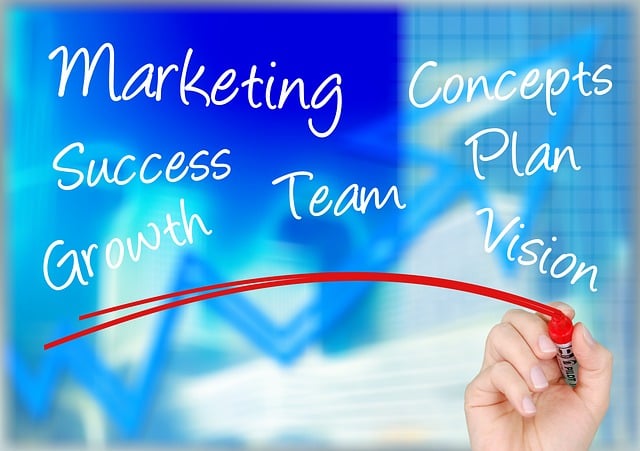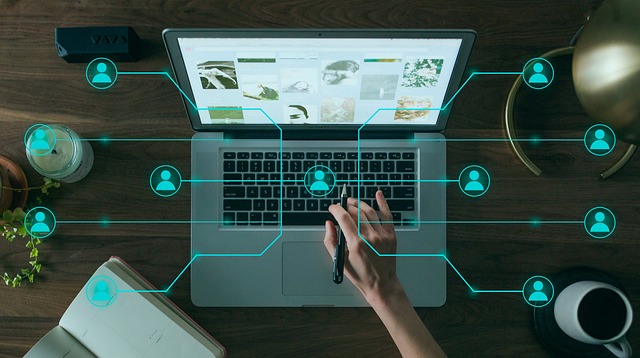AI Business Robotic Process Automation (RPA) utilizes artificial intelligence and software robots to automate rule-based processes, enhancing efficiency and accuracy compared to traditional automation. A prime example is AI kitchen-to-table timing monitors that optimize food service operations by tracking tasks from preparation to delivery, identifying bottlenecks in real-time, and facilitating data-driven improvements for reduced costs and improved customer satisfaction. These intelligent systems learn from data, maintain consistent quality control, and provide analytics to enhance overall operational efficiency, contributing to increased competitiveness in today's fast-paced market.
“Discover the transformative power of Artificial Intelligence (AI) in Robotic Process Automation (RPA), a game-changer for business efficiency. This article explores how AI, with its advanced capabilities, optimizes routine tasks, enhancing accuracy and productivity. From understanding RPA’s fundamentals to uncovering the unique role of AI kitchen-to-table timing monitors, we delve into effective implementation strategies. Learn how these monitoring tools revolutionize operations, ensuring timely task completion. Embrace the future of automation and unlock your business’s true potential.”
- Understanding AI Business Robotic Process Automation (RPA)
- The Role of AI Kitchen-to-Table Timing Monitors in RPA
- Implementing and Optimizing AI RPA for Business Efficiency and Accuracy
Understanding AI Business Robotic Process Automation (RPA)

AI Business Robotic Process Automation (RPA) refers to the use of artificial intelligence and software robots to automate repetitive, rule-based business processes. This technology mimics human actions to interact with digital systems and execute tasks, significantly enhancing efficiency and accuracy. Unlike traditional automation that focuses on specific, isolated processes, RPA integrates AI capabilities like machine learning and natural language processing to handle complex workflows across various applications and systems.
AI kitchen-to-table timing monitors are a prime example of RPA’s versatility. These intelligent systems can optimize the entire food service journey, from order intake to delivery, by monitoring key stages with precision timing. They adapt to dynamic environments, ensuring that each step adheres to predetermined efficiency standards. This not only reduces operational costs but also improves customer satisfaction through faster and more reliable services.
The Role of AI Kitchen-to-Table Timing Monitors in RPA

AI kitchen-to-table timing monitors play a pivotal role in enhancing the efficiency and accuracy of Robotic Process Automation (RPA) in various industries, from manufacturing to healthcare. These advanced AI systems are designed to optimize every step of a process, ensuring tasks are completed not just accurately but also within set timeframes. By integrating machine learning algorithms with sophisticated sensor technology, these monitors can track the progress of automated tasks from initial preparation (“kitchen”) to final delivery (“table”).
This real-time tracking capability allows for immediate identification of bottlenecks and inefficiencies. For example, if an automated system responsible for packaging products is taking longer than expected, the AI monitor can trigger alerts, enabling quick troubleshooting. This proactive approach not only minimizes delays but also ensures consistent quality control. Moreover, these monitors facilitate data-driven decision-making by providing detailed insights into process performance, helping businesses continually improve their RPA implementations.
Implementing and Optimizing AI RPA for Business Efficiency and Accuracy

Implementing AI RPA (Robotic Process Automation) can significantly transform business operations, enhancing efficiency and accuracy. By leveraging machine learning algorithms, AI bots can automate repetitive tasks, from data entry to process execution, reducing human error and increasing productivity. These intelligent systems learn from initial training data, adapt to new inputs, and continuously optimize their performance over time.
AI kitchen-to-table timing monitors are a great example of this optimization. They track task completion times, identify bottlenecks, and suggest improvements. This real-time analytics empowers businesses to fine-tune their processes, ensuring every step contributes optimally to overall efficiency. As AI RPA evolves, companies can look forward to even more sophisticated automation, leading to increased competitiveness in today’s fast-paced market.
AI Business Robotic Process Automation (RPA) is transforming how businesses operate by streamlining processes, enhancing efficiency, and improving accuracy. The integration of AI kitchen-to-table timing monitors plays a pivotal role in this transformation, ensuring tasks are completed faster and more precisely. By implementing and optimizing AI RPA strategies, organizations can achieve significant operational advantages, setting the stage for continued growth and success in today’s competitive market.
